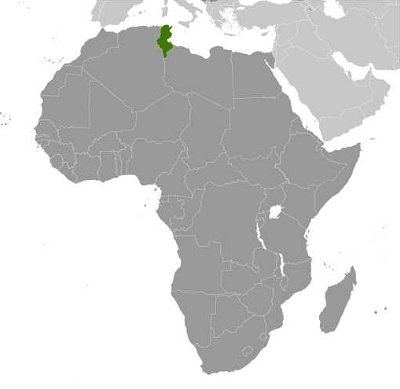18. The official name of the Autonomous Region of Xinjiang, in Northwest China, refers to its largest ethnic population. What is the name of this ethnic group of Turkic origin, in recent times subjected to human rights abuses?
From Quiz X Marks the Spot
Answer:
Uyghurs
Located directly north of Tibet, Xinjiang (formerly known as Sinkiang or Chinese Turkestan, and officially as Xinjiang Uygur Autonomous Region) is China's largest province-level division. In ancient times, this vast territory of mountains and deserts was crossed by the Silk Road, whose legacy is still present to this day. The Tian Shan mountain range divides the region in two halves, the Dzungarian Basin in the north, and the Tarim Basin (largely occupied by the Taklamakan Desert) in the south. Xinjiang's capital, Ürümqi, was a major hub on the Silk Road in the Early Middle Ages, and is now home to about 4 million people.
In 1954, the Uyghurs were officially recognized by the government of China as one of the nation's ethnic and regional minorities. Most Uyghurs are Muslim, and speak a Turkic language related to Uzbek. The Uyghur population in Xinjiang amounts to about 12 million; about 80% of them are concentrated in the Tarim Basin, where they have lived for centuries. Sadly, this people of ancient origin have been subjected to restrictions and police surveillance by the Chinese government since 2014 (apparently under suspicion of religious extremism), and large numbers of Uyghurs are detained in "re-education" camps, where they endure various forms of abuse. There is also growing concern about alleged attempts at eradicating the people altogether through forced sterilization, contraception, and abortion - allegations that the Chinese government has always denied.
The Manchus and Tatars are also among the 56 officially recognized ethnic minorities in China, while the Sherpas of Tibet are still unrecognized.








 Quick Question
Quick Question = Top 5% Rated Quiz,
= Top 5% Rated Quiz,